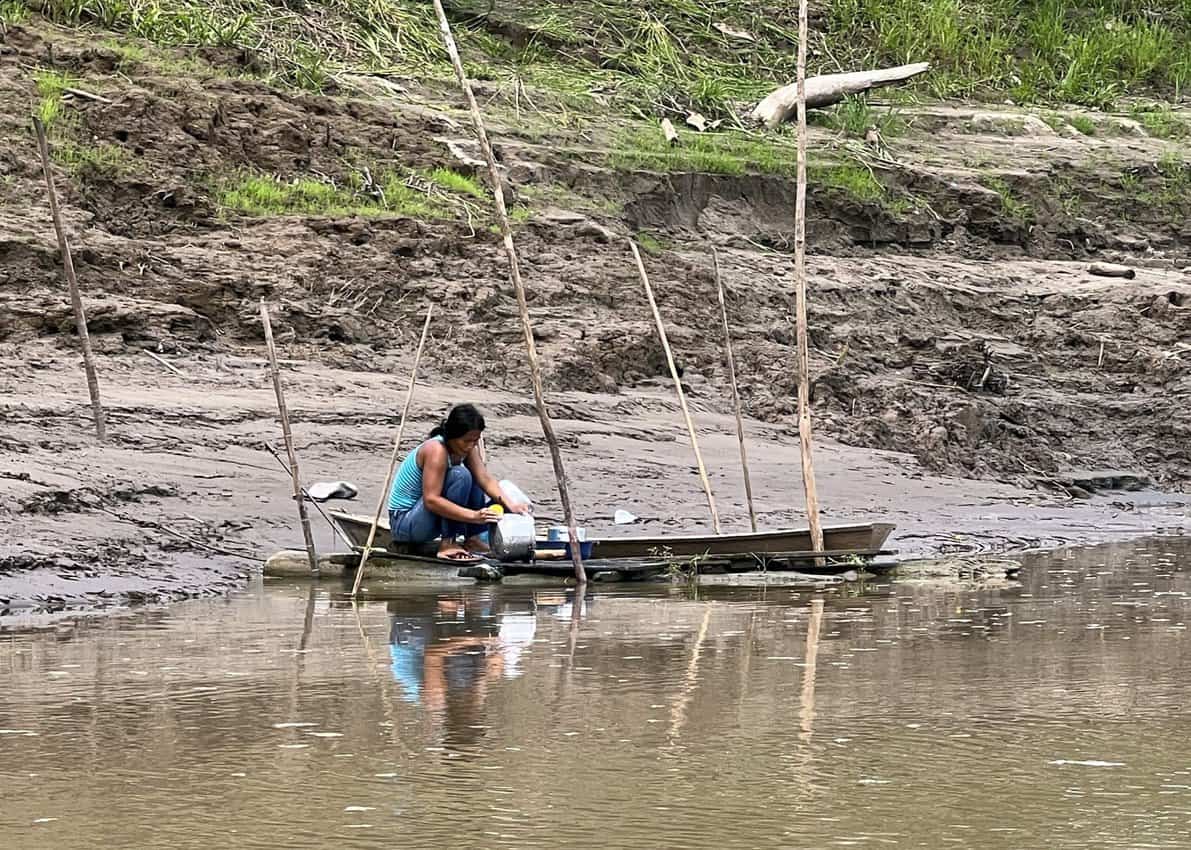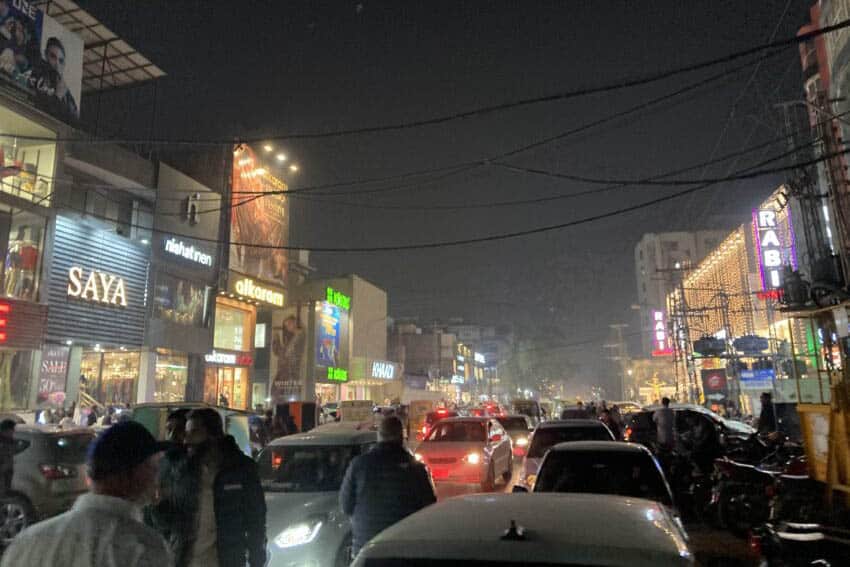
It is Finally Time to End Pakistan’s Exile from the Tourist Map
By Matthew Grubb
As I walked through the bustle of Rawalpindi, Pakistan, I let out an involuntary laugh amid the sensory overload that I had eagerly anticipated yet vastly underestimated.
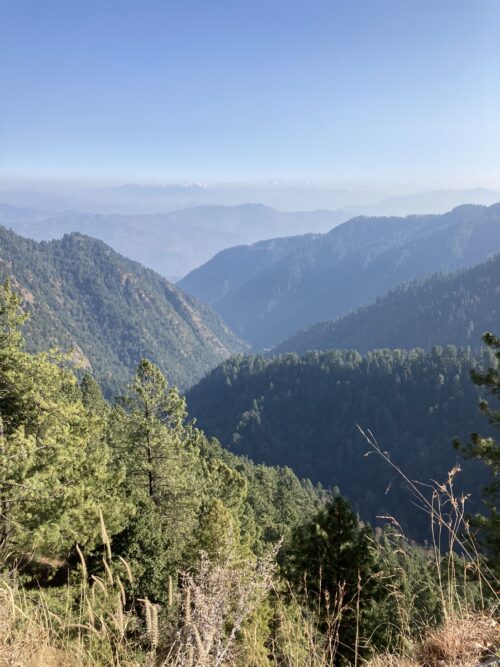
Perhaps it was due to the near-death experience that accompanied every attempt at crossing the road. Perhaps it was the deafening sounds of car horns and tires screeching or the sheer volume of people and vehicles in all directions.
Teens wanted Selfies
Maybe it was due to the group of teenagers who, amidst all of this, stopped us in our tracks to chat and to take selfies and to thank us for visiting Pakistan.
In hindsight, it was a laugh of joy simply to be there experiencing this.
Guidebooks and tourism ads for Pakistan have been non-existent since a rise in terrorist activity led to unfavorable global headlines over a decade ago, most notably the 2009 attack on the Sri Lanka cricket team and the 2012 shooting of teenage activist Malala Yousafzai.
England Cricket Tour of Pakistan
However, the recent England cricket tour offered a chance for visitors to see the country and come to the realization that not only is Pakistan largely safe, but it is also well worth visiting.
Questions over safety seemed to dominate discussions and Q&A sessions before the tour. The reality is that the

the local population of Rawalpindi in 2023 is 2,377,000 and was the most friendly and welcoming people that one could wish to meet. This was epitomized by a group of on-duty armed officers leaving their station to talk to us and, as was so often the case, to express their warmest welcome and thanks.
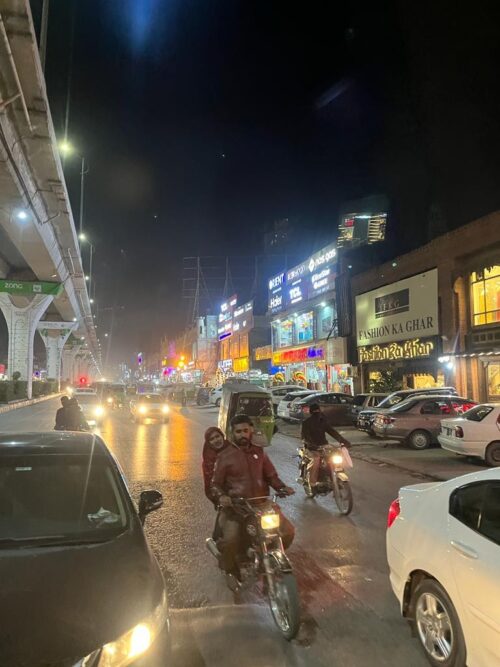
Such warmth was felt everywhere, perhaps none more so than in Rawalpindi. The exhilarating buzz previously described is synonymous with the subcontinent and one of the main reasons to visit this part of the world.
The lawless roads, overflowing markets, and the endless hubbub of people in Rawalpindi met and exceeded expectations.
Treated like VIPs in Rawalpindi
Being treated like very important persons in this scene certainly accentuated the experience and added to the sheer surrealism.
This was a part of everyday life in Rawalpindi, best shown by how nonchalantly our guide was crossing roads without a thought about the groups’ nerves.
It was a deeply authentic experience of an entirely different lifestyle and culture.
An altogether different surrealism was experienced in Murree. Situated 7,500 feet above sea level in the Himalayan foothills, Murree was built from scratch under British rule in the 19th century as a resort town for British troops.
Today, the town is a Pakistani market town in which several clear-cut British institutions and monuments have remained.
Architecturally they are entirely out of place, but for a visitor, they provide a uniqueness that makes Murree all the more fascinating to visit for a few hours.
Such features include an Anglican Church at the bottom of the town, and a British-style post office, with a mountainous backdrop behind.

The vastness of this mountain scenery was clear to see on the stomach-churning drive up to Murree. The winding road up towards Murree – including past the old Murree brewery – seemed endless, but the views will remain etched in all of our memories.
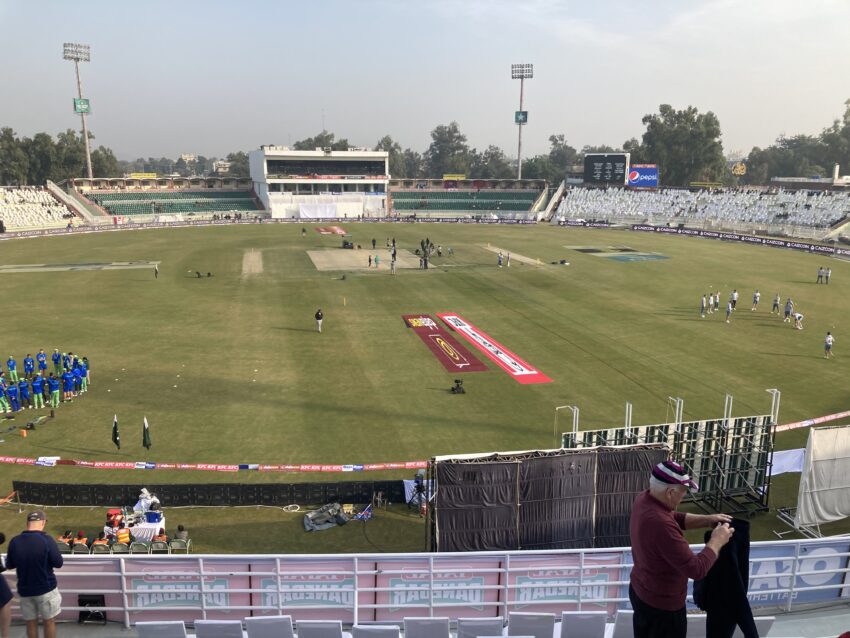
Ayubia National Park
The best views of all were found at Ayubia National Park north of Murree. A designated mile-long walking path through this protected area is located at around 9000 feet, and the views from this route would be difficult to match anywhere. The greenery of the slopes and the cloudless blue sky further enhanced the beauty of the picture.
The day before this hike, I had asked our guide what sort of visitors he normally looks after and the subsequent excursions are undertaken, given Pakistan’s absence from the tourist map for so long. He had said that, generally, his job involved being a tour guide for groups on business trips, always staying in the modern purpose-built capital, Islamabad, and that the vast majority of his job involved trips up to the mountains.
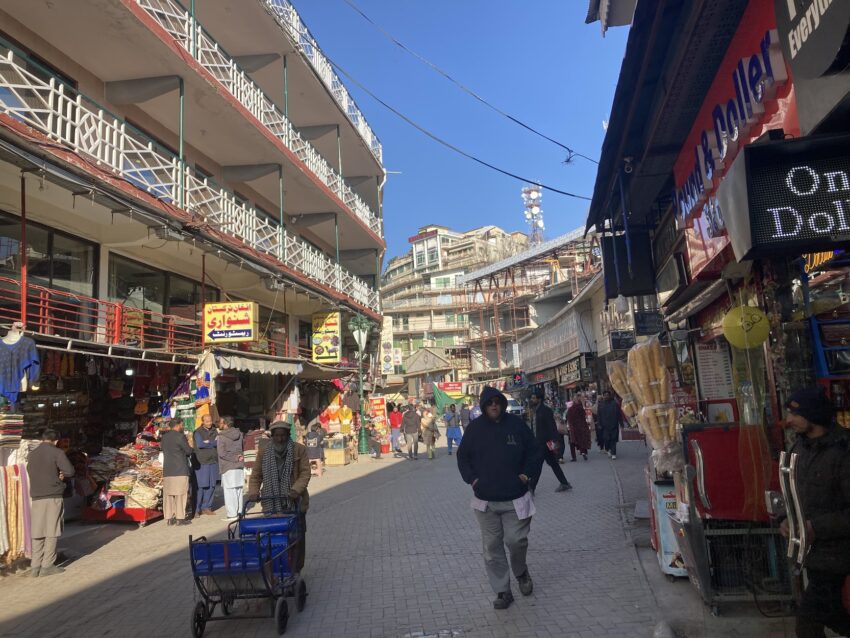
He said this was so that “everyone can see just how beautiful my country is.” As I walked through the hills, it was easy to see his reasoning.
It was strange – albeit much appreciated – just how immediately I noticed the difference in air quality on this walk. The fresh air here starkly contrasts Rawalpindi’s dusty, polluted air, which further increases everyone’s appreciation of their surroundings at Ayubia National Park.
I was not brave enough to purchase anything from the assortment of food vendors in Rawalpindi and Murree. However, the food on the trip as a whole had several similarities to northern Indian food but with some noticeable differences and specialties.
No meal is complete without roti to mop up any remaining sauces and chutneys, which are generally mild and often lentil based. A side serving of daal is not uncommon, and the wide range in daal – including a different type at each day of the test match – was especially gratifying. Variations of mutton could be found in almost every restaurant, cafe and market stall.
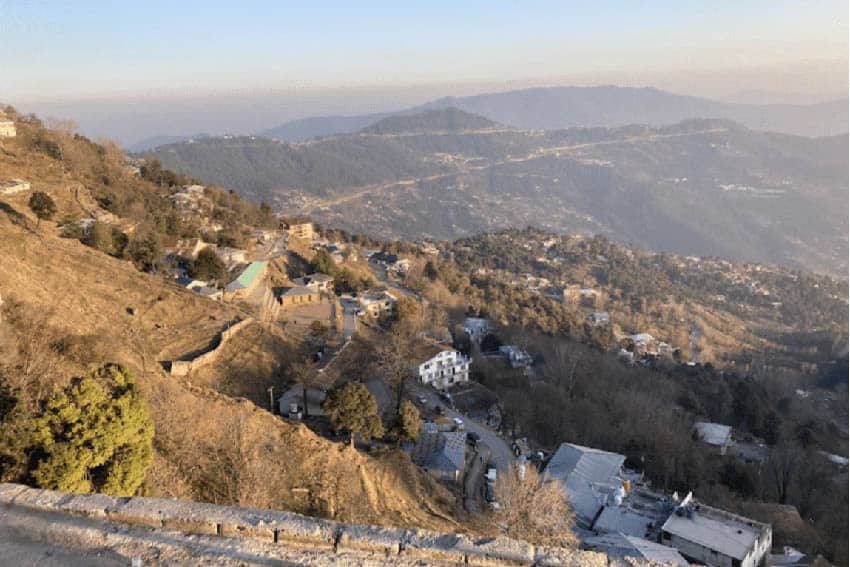
Pakistan’s Spiced Lentils
Breakfasts of pain au chocolat or cereal since the trip have underwhelmed me in comparison to spiced lentils and potatoes.
But breakfast was not the biggest downgrade brought about by a return to Western life. The lack of adrenaline and exhilaration was neither when walking through crowds in central London. Indeed, the lack of Himalayan foothills on the horizon here in the UK is not the biggest drawback, as spectacular as they were. All of these factors were key parts of an incredible adventure.
Instead, the thing I miss most that cause the strong urge to return is the pleasure of experiencing such a unique culture and way of life for a time. And nothing encompasses Pakistan’s status as a unique destination more than its people and their kindness, warmth, and dauntlessness in every aspect of their lives.
This is what I shall miss and cherish most, and it is this facet of Pakistan that I have an overwhelming desire for others to experience themselves more than anything else.
 Matthew Grubb is a travel consultant in London and, from a very young age, has spent a large chunk of his time traveling to all sorts of destinations, both in Europe and much further afield. He has also had travel articles published detailing trips to Cuba and Portugal. South America is at the top of his bucket list of places to visit.
Matthew Grubb is a travel consultant in London and, from a very young age, has spent a large chunk of his time traveling to all sorts of destinations, both in Europe and much further afield. He has also had travel articles published detailing trips to Cuba and Portugal. South America is at the top of his bucket list of places to visit.
- What Else Can You Buy Your Loved Ones? - November 27, 2024
- Manhattan Sights You’ve Missed All These Years - November 25, 2024
- Bali’s Ex-pats Bring New Life and Energy - November 22, 2024



